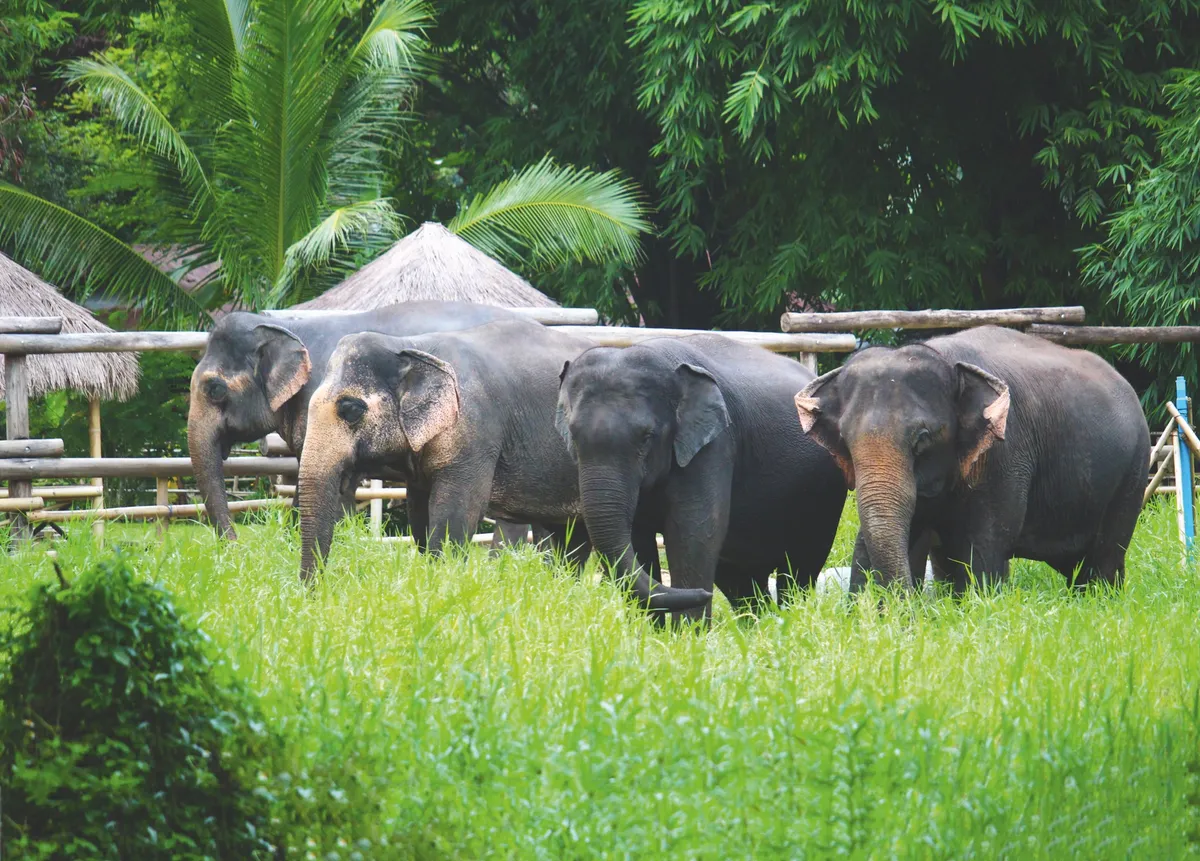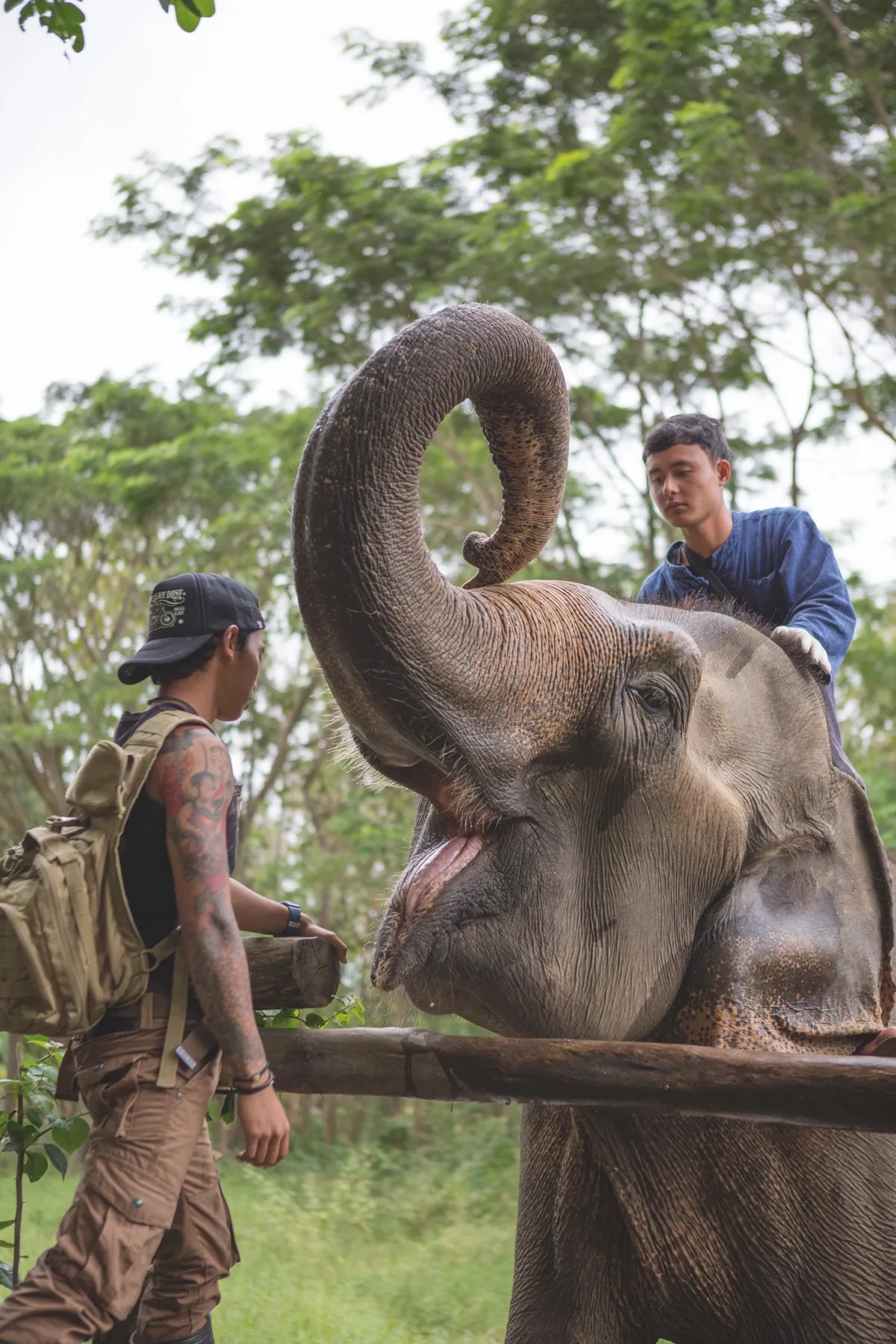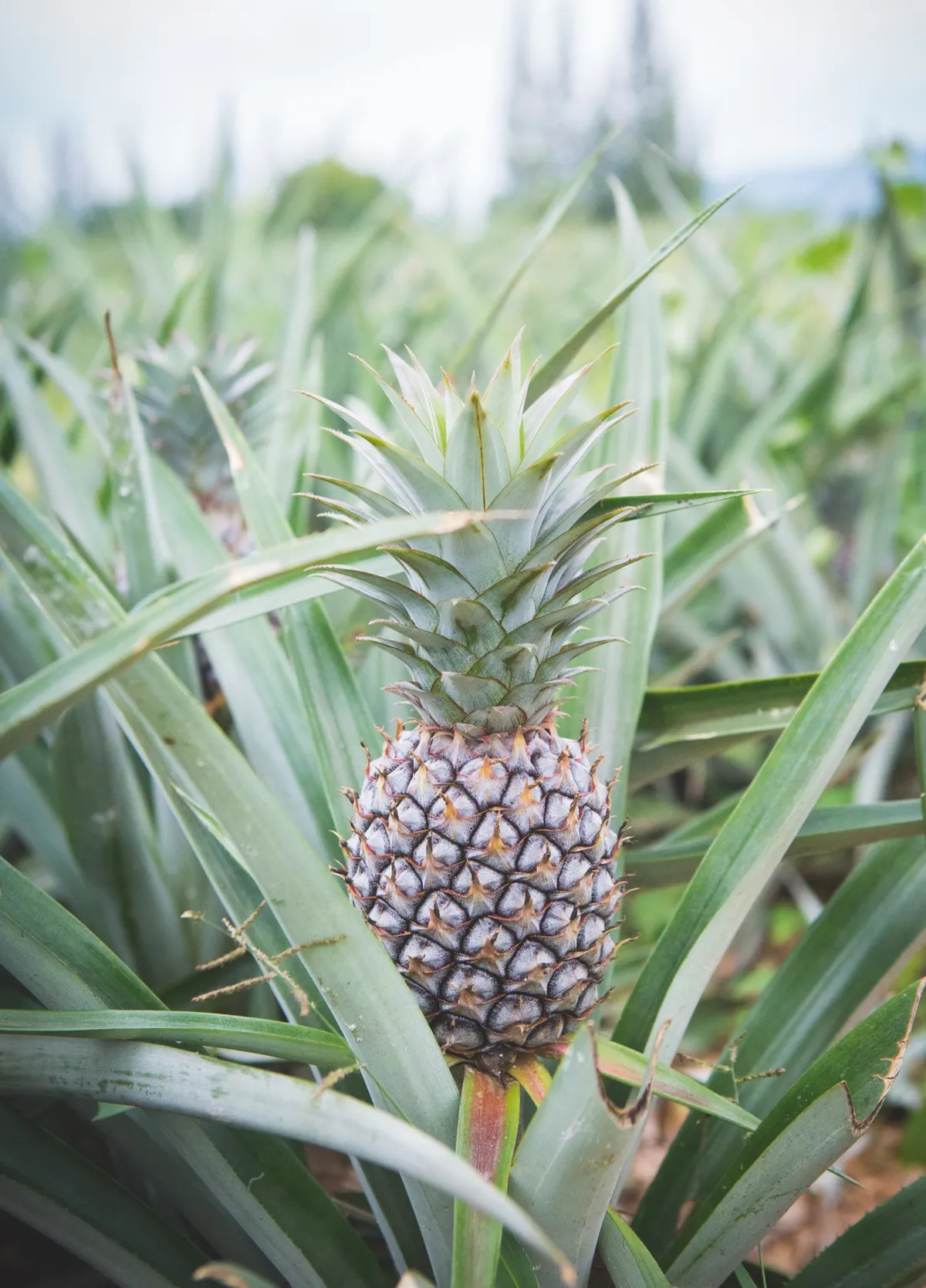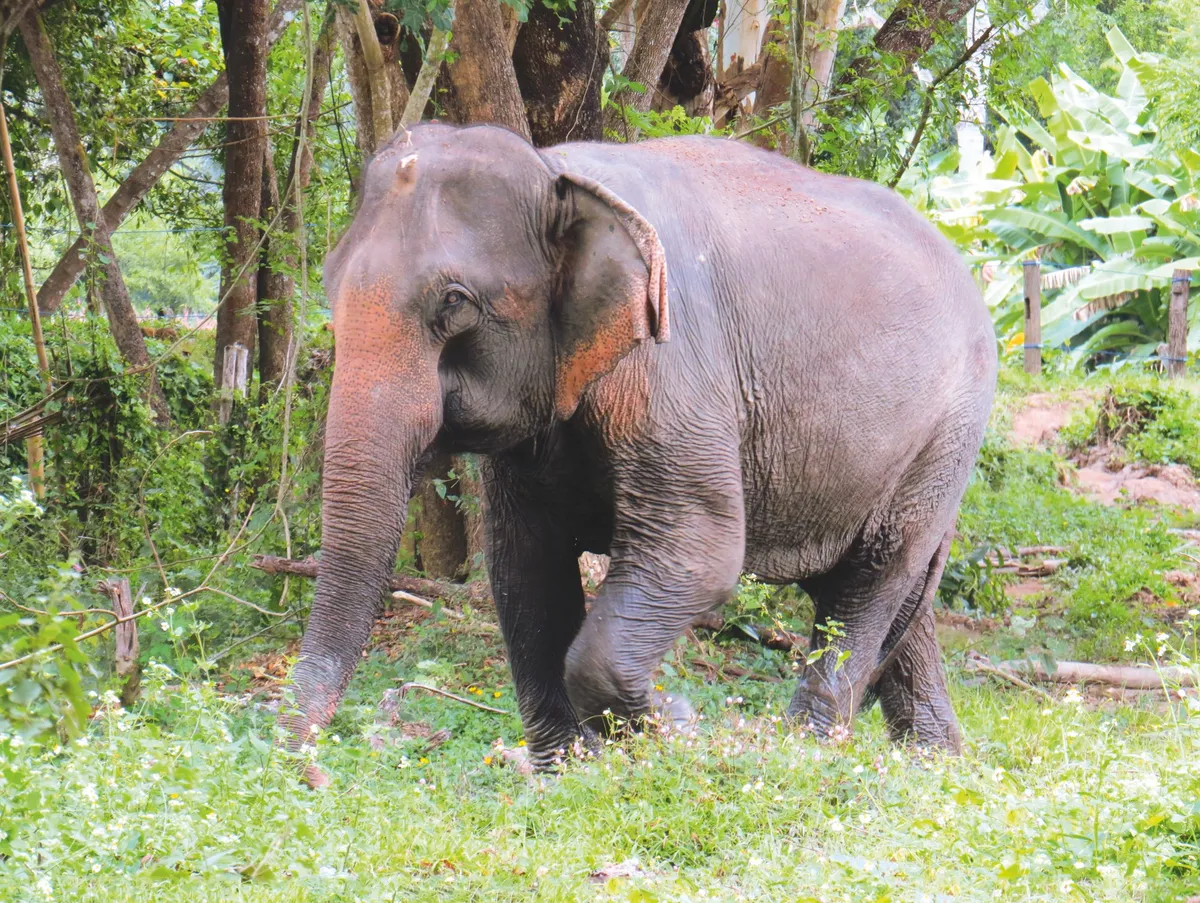When we arrived at the entrance to Elephant Valley, an elephant rehabilitation centre near Chiang Rai, northern Thailand, we had to wait in the truck with our guide because two of the sanctuary’s residents, youngster Lou and matriarch Modee, had decided to take a dip in a large swampy pond right next to the gates.
To avoid disturbing them, we sat tight until bath time was over and the pair had happily sauntered off, now caked in fragrant mud, to find some food on the opposite bank.
Most Asian elephants in Thailand, as in other parts of Southeast Asia, are having a tough time. Shrinking natural habitats, persecution by farmers for crop raiding and poor treatment of captive animals used in the logging and tourism industries have all taken their toll on the mammals.
The latest government survey puts the number of elephants in captivity in the country at about 3,346. Most sanctuaries still offer tourists elephant rides, swimming with elephants and washing experiences – activities that are known to cause the animals stress, and can be dangerous for humans. Often these elephants are not well looked after and kept in chains with little opportunity to forage for wild food and behave intrinsically.
It’s not all doom and gloom, however, as several new initiatives are trying to make a difference and Elephant Valley is one of them. Jack Highwood and Nipakorn Singhaputtangkul run the rehabilitation centre with the aim of providing a stress-free environment for its giant residents, while keeping interactions between the mammals and visitors to a minimum.

There are many sanctuaries that attempt to provide a natural life for former captive elephants, but this place has one major difference – it wants to be the first to reintroduce ex-captive elephants to the wild.
That is no easy job. Asian elephants in captivity become heavily imprinted with the gruelling life imposed on them, and over time it becomes very difficult for the mammals to re-learn the natural behaviour that would enable them to survive in the wild. The task is even harder for young elephants that are born in captivity.


Ex-captive elephants in Thailand are being given a new start. © Elephant ValleyThe Elephant Valley project is only a year old and currently cares for six elephants ranging in age from nine-year-old Lou to Ka Moon, an ex-trekking elephant of nearly 60 years. They were rescued from the tourism and logging and industries where they would have been ridden and made to move heavy timber. Sadly, Ka Moon bears very visible scars on her forehead, which are most likely from a bullhook used to train animals.
Jack’s 10 years of experience in running an elephant clinic and sanctuary in Cambodia has taught him that, if the elephants are not ridden or unduly handled, they begin to feel less stressed, resulting in a return to more natural behaviour. This success has led him to contemplate one step further: to rehabilitate some of his charges so they can return to the wild.


The new Thailand project was set up with this goal in mind from the beginning. After the sanctuary’s neighbours were convinced that no elephants were likely to escape and run wild, work began on transforming a derelict, 40-acre chicken and fish farm into a wildlife-friendly space.
Local employment opportunities were provided during a nine-month period of cleaning, filling in pools and sowing the land with the natural organic grasses favoured by elephants. Encouraging the animals to graze on grass rather than depend on humans for food helps prepare them for the wild again.
Jack is also very keen to minimise unnatural stimulation as well, but occasionally the elephants do get bored in such a comparatively small enclosure. He has found a solution to combat the elephant blues: an old car tyre. “It’s basically like a cat nip toy for elephants,” says Jack. The elephants love to play with it by throwing it in the air and rolling it with their trunks.

It takes at least two years to rewild an elephant, according to Jack. And here is just in the first phase. The next step is to have a nighttime pen that will allow the elephants to spend some time unchained. “At the moment they have to be chained together because that is what they are used to from their captive lives,” says Jack. “If we were to suddenly just leave them unchained they would panic.”
Once they have spent short periods without restraint at night there will be a gradual lengthening of those chains during the day – about a metre at a time, until they feel comfortable being further apart from their companions. It will be a very gradual re-education process. Baby steps for a huge beast.
Changing attitudes
Eventually the plan is for the sanctuary to have three locations; the current site is not big enough for the elephants to live without some human interaction. So although it is fine for the first stages of rehabilitation, another much larger site will be needed for stage two. This will be a 1–1.5km2 area with 2km between feeding locations. Tourism (without the stress-inducing rides and washing sessions) helps fund the majority of the sanctuary’s work, so in this case a jeep safari will bring the important visitors to see the elephants in this semi-wild location.
Stage three will be to create as close to a wild environment as possible. The land needed for this would have to be around 16km2 so it would operate on a similar basis to a national park, with minimal human contact. The whole process is expected to take 10 years and will be funded by private investment.
Attitudes to elephants in Thailand are gradually changing. Farmers close to the boundaries of national parks (where most of Thailand’s truly wild elephants now live) are still experiencing crop raiding, but fewer animals are now being killed as a result. Kui Buri National Park, for instance, has a healthy population of elephants – around 237 at the last count. On the border with Myanmar, it is a place where the elephants are free to roam. On the Thai side it is fringed by farmland, where pineapple and rubber plantations exist.

To prevent elephants straying from the park, ditches have been dug around the edge and grasses that the elephants enjoy have been planted to try and dissuade them from leaving to find food in the neighbouring farms.
This has only been partially successful. As one local farmer, Tia explained, “The elephants just love pineapple– they like the sweet taste.” So there are raiding parties heading into farms like Tia’s on an almost nightly basis. “When I hear them arriving, I run out of the house shouting and waving,” she says, “and the elephants go away.”
Royal approval
This new tolerance comes about because the king of Thailand, Maha Vajiralongkorn Bodindradebayavarangkun, along with international agencies such as WWF, encourages the employment of rangers to protect elephants, providing valuable employment opportunities for local people.
There is also an education programme for rural populations and alternative techniques are used to ward off the resourceful pineapple-loving thieves. These include various ingenious tripwire early-warning systems to sound the alarm and alert farmers when elephants approach their crops.
The giant mammals are smart and learn fast though, so while walking into a cable attached to rattling tins may cause them to flee initially, they soon realise it’s not a threat and ignore it. This has led to a cottage industry producing Heath Robinson-style inventions to scare off the raiders, which include flashing lights, noisy firecrackers and even beehives.
Elephants are frightened of bees, so when a wire is tripped it jiggles a suspended hive, making the insects inside buzz around, scaring the pachyderm away. Reward for the farmers is sweet, in the form of delicious honey.
Locals are also learning to tolerate the elephants as the animals have encouraged an increase in ecotourism. Travel operators are bringing small tour groups to see elephants in their natural habitat and offering meals with local farming communities as part of the experience. Families like Tia’s are able to make extra money from hosting these dinners, and they work as safari drivers in the park. To Tia’s mind, this more than compensates for the loss of a few pineapples.
For now, only one of the six elephants at Elephant Valley is deemed to be suitable for release and, perhaps surprisingly, this is old Ka Moon. When she arrived at the sanctuary she had been written off as a lost cause. “She was aggressive, acting crazy, very stressed and showing very little normal behaviour,” says Jack.

Three months was spent calming her down and de-stressing her, followed by another three getting the other elephants to trust her. But, amazingly, after a year she was behaving normally as part of the group in the sanctuary.
“Ka Moon is a fascinating animal who shows us the potential of even the most damaged captive elephant,” says Jack. “Even if, in the end, we decide we’re unable to release her, she will lead the way for the next steps in our rehabilitation work.” That’s quite a legacy.
How to see Thai elephants
Elephant Valley: half or full-day visits to see captive elephants, or volunteer experiences available. Located near Chiang Rai.
National Parks.
- Kui Buri National Park: Near Hua Hin, Khiri Khan province. Accommodation and transport: trekking and camping can be arranged. Hides and viewing platforms. Tours in safari vehicles. What to see: elephants, golden jackals, gaurs, leopards, hornbills, and many other bird species.
- Khao Yai National Park: Nakhon Ratchasima province is a 2.5 hour drive from Bangkok. Accommodation and transport: on-site bungalows and camping. Visit by hire car or safari vehicles. What to see: elephants, gibbons, macaques, and barking deer.
Tour Operators
- Audley Travel offers tailor-made trips to Thailand. A nine-day itinerary costs from £2,785.
- NatureTrek offers a ten-day tour of Thailand that costs from £2,795.
Richard Eccleston is the art editor of BBC Wildlife Magazine. He visited Thailand and Elephant Valley courtesy of Audley Travel and EVA Air.
This article originally appeared in BBC Wildlife. Take a look inside the current issue and find out how to subscribe.
Main image: Wild elephants roam Kui Buri National Park - one of the best places to see them in the wild in Thailand. © Kosin Sukhum/Getty
